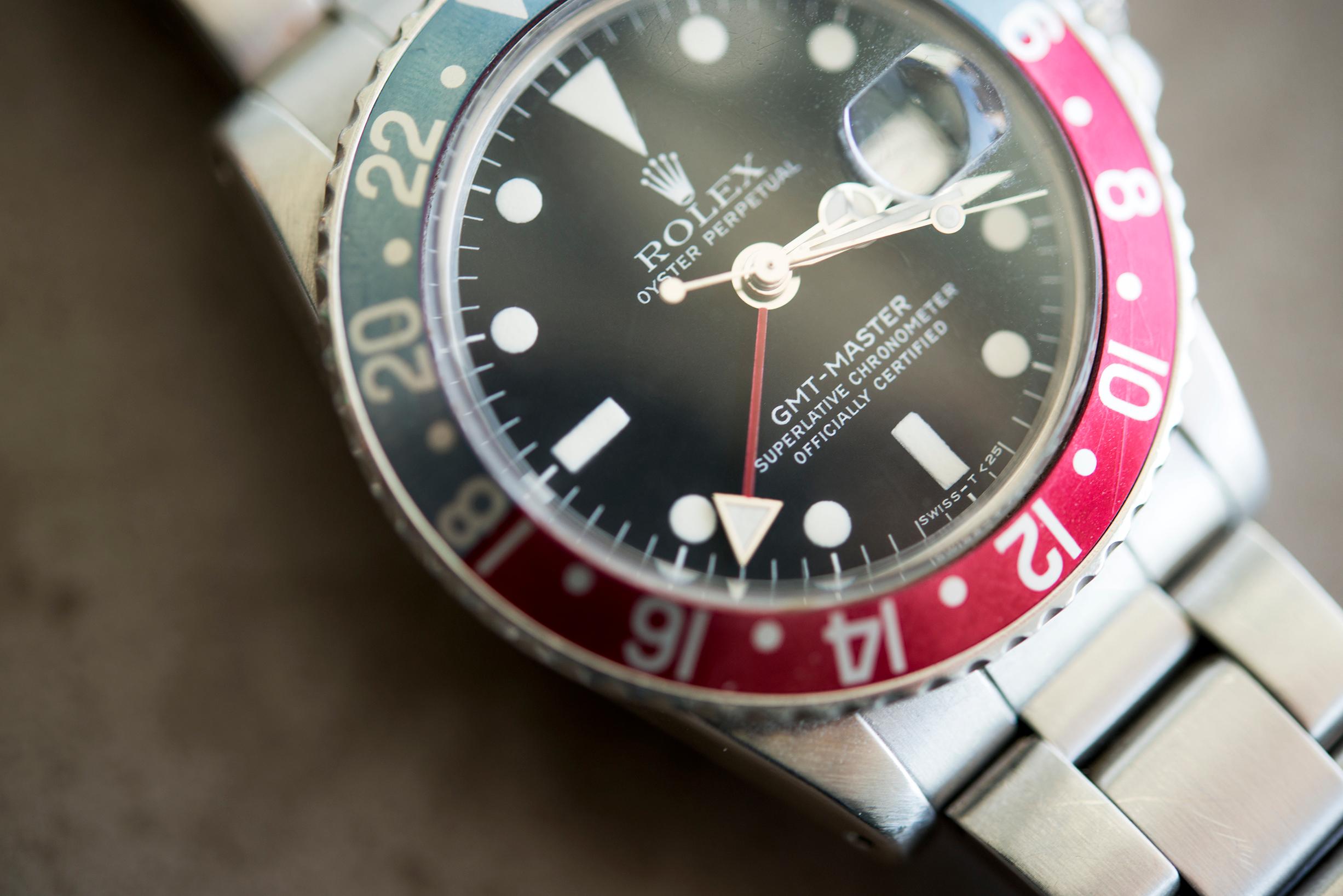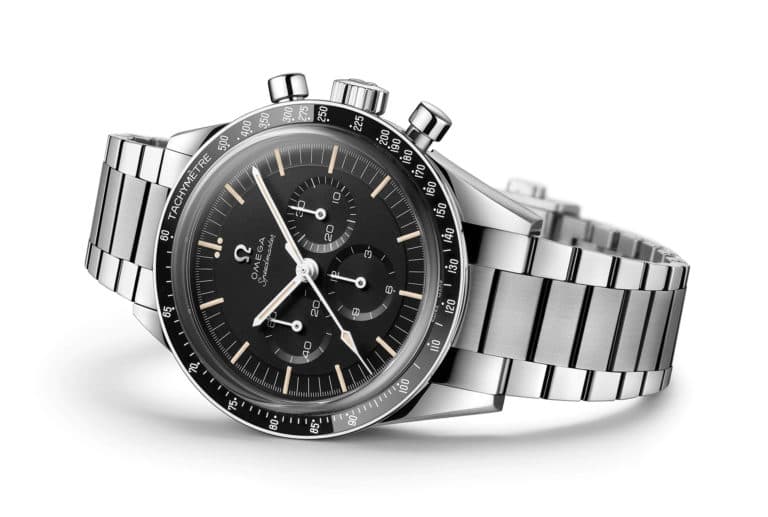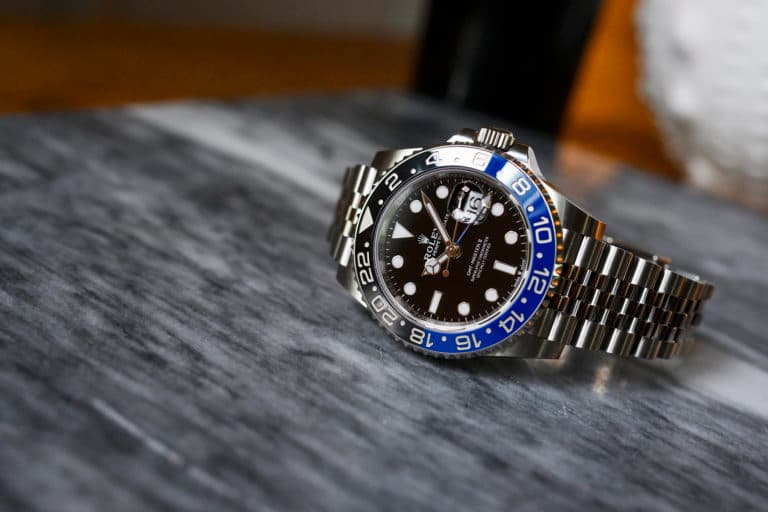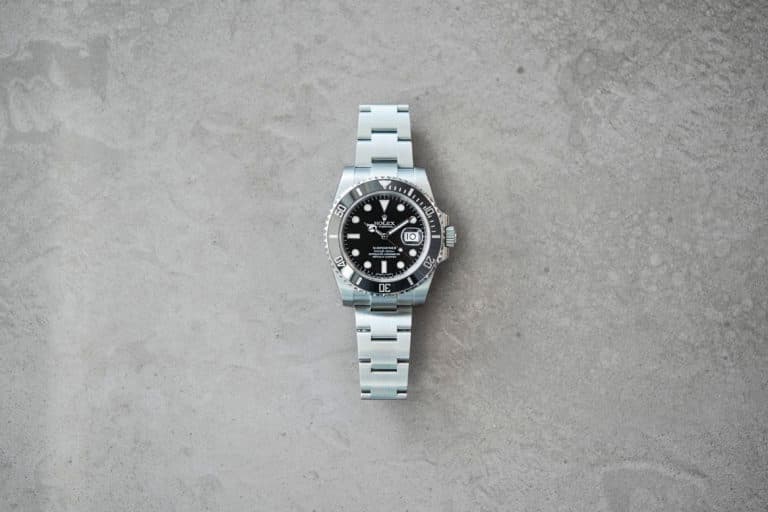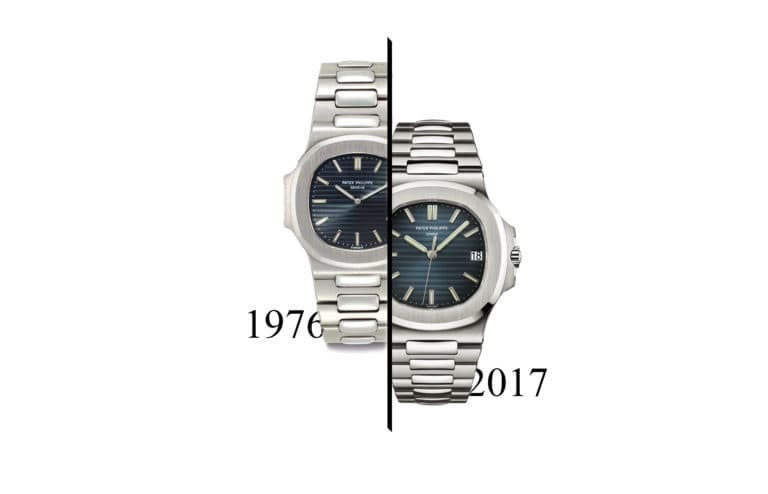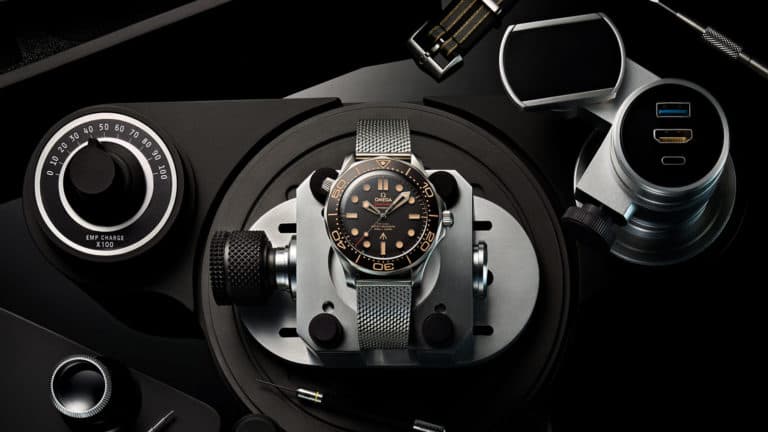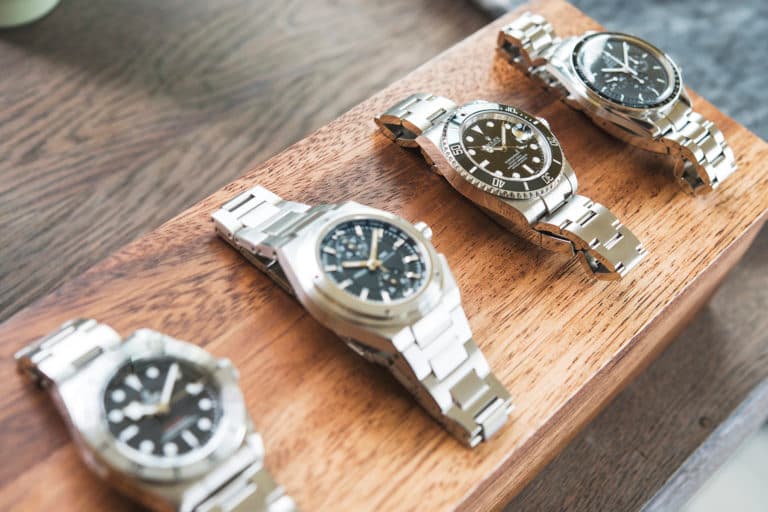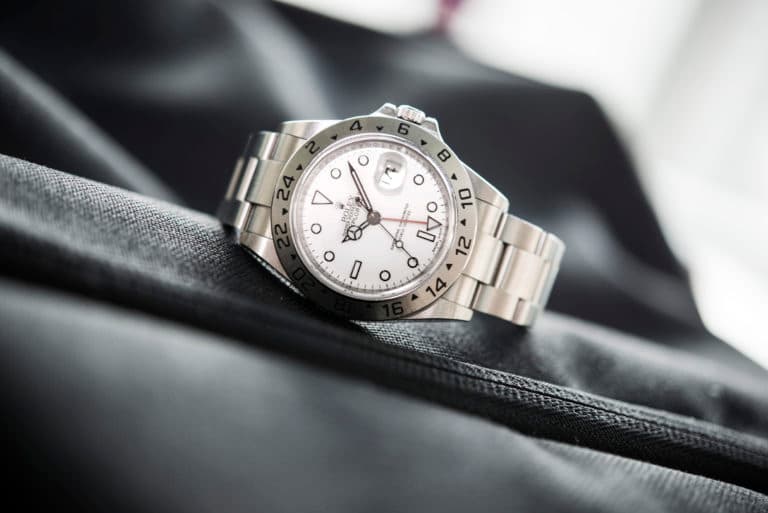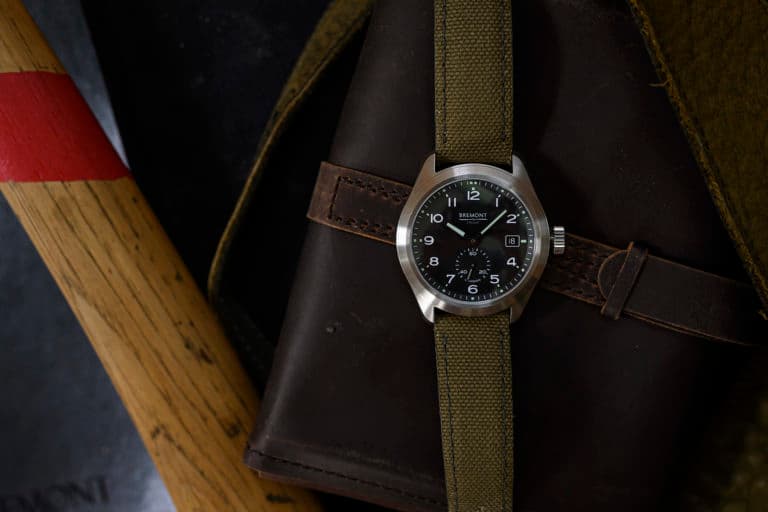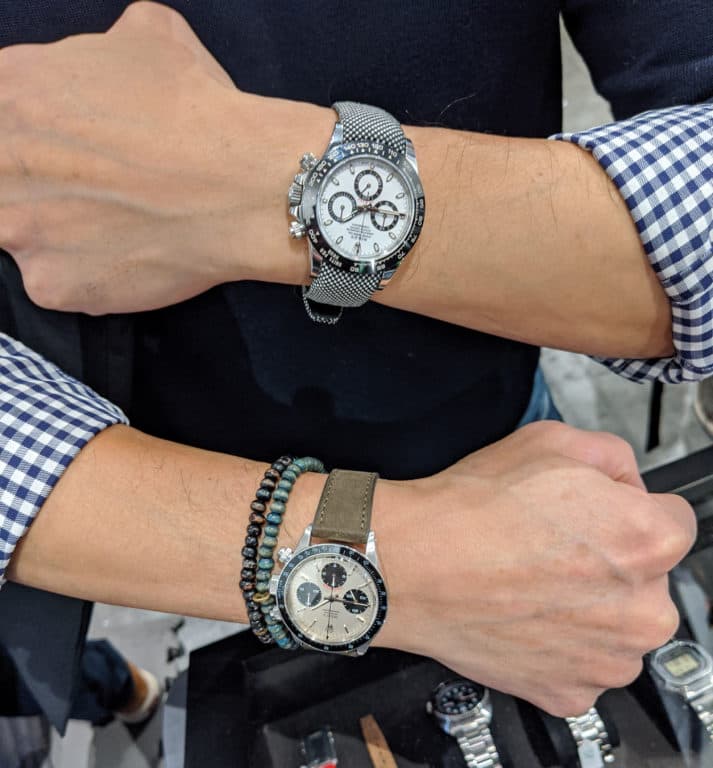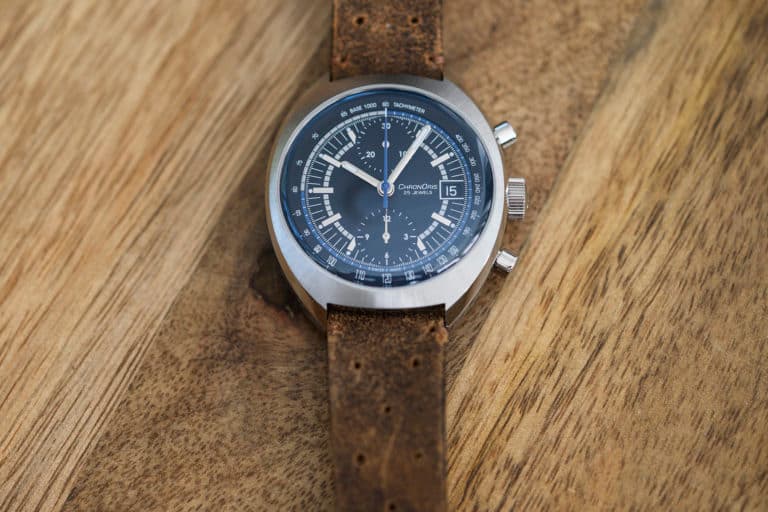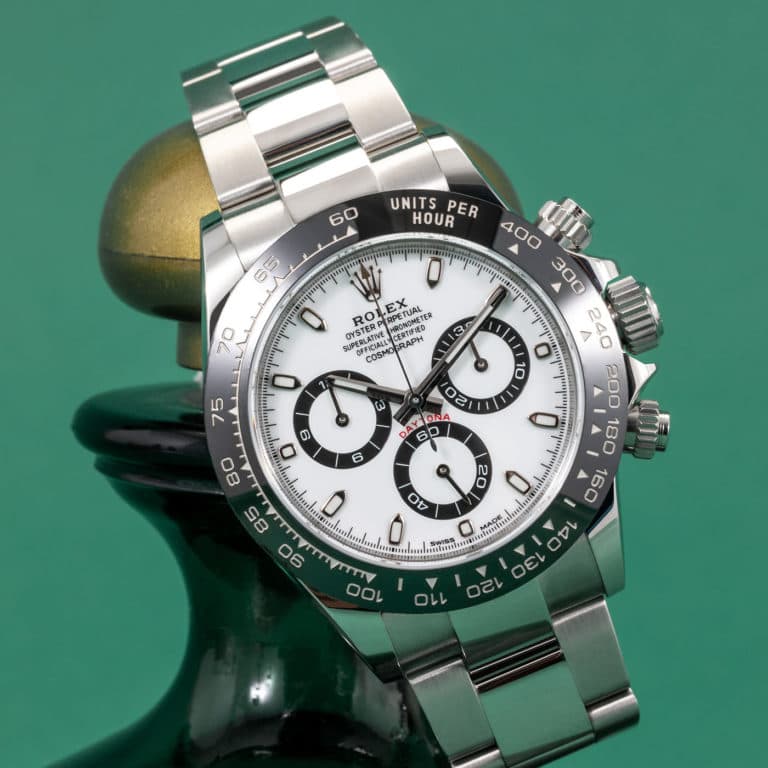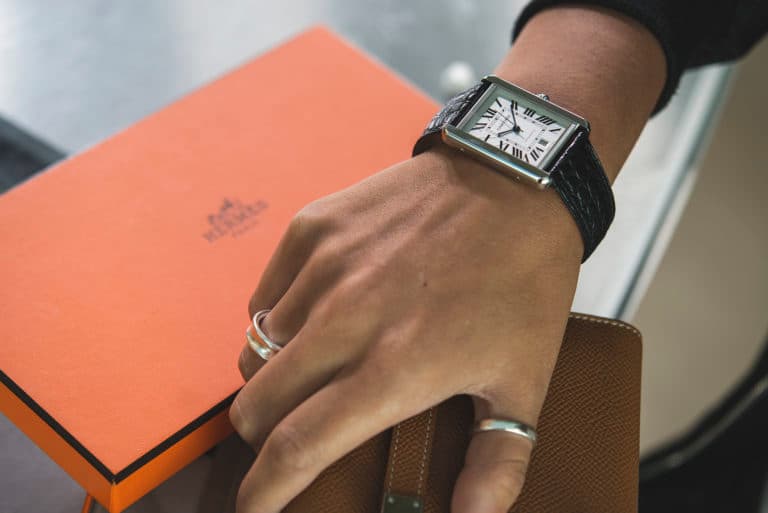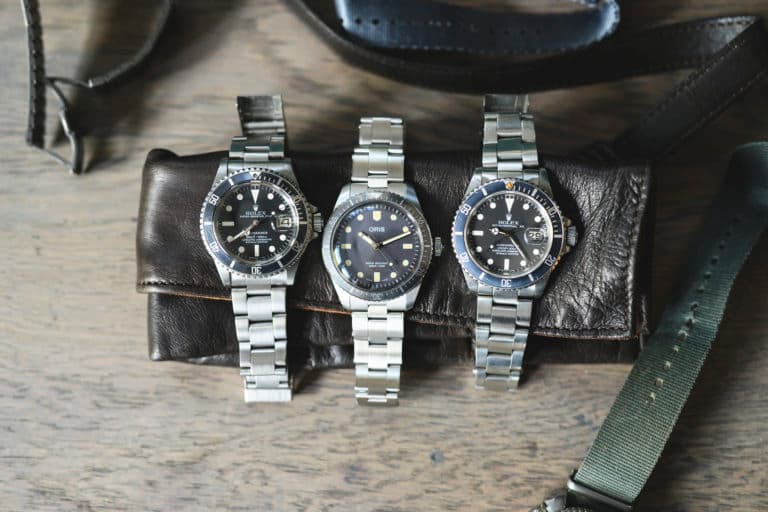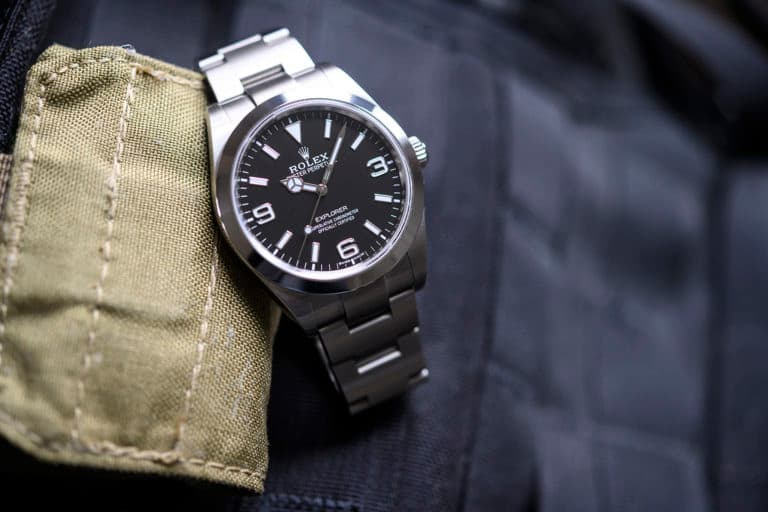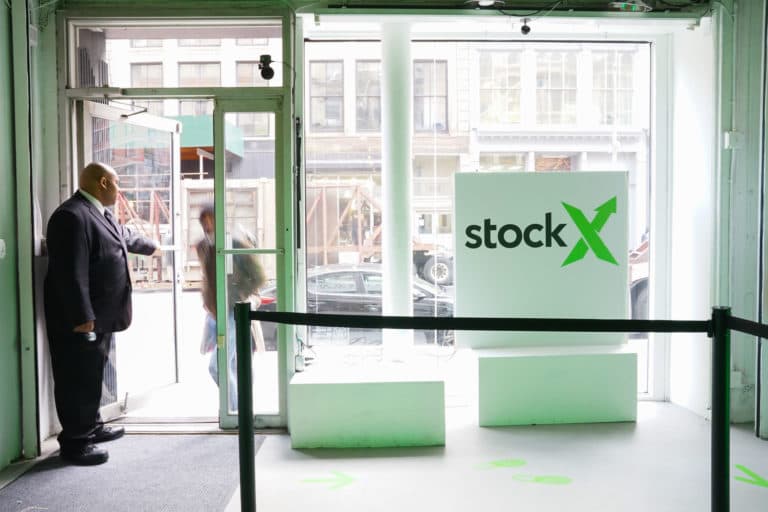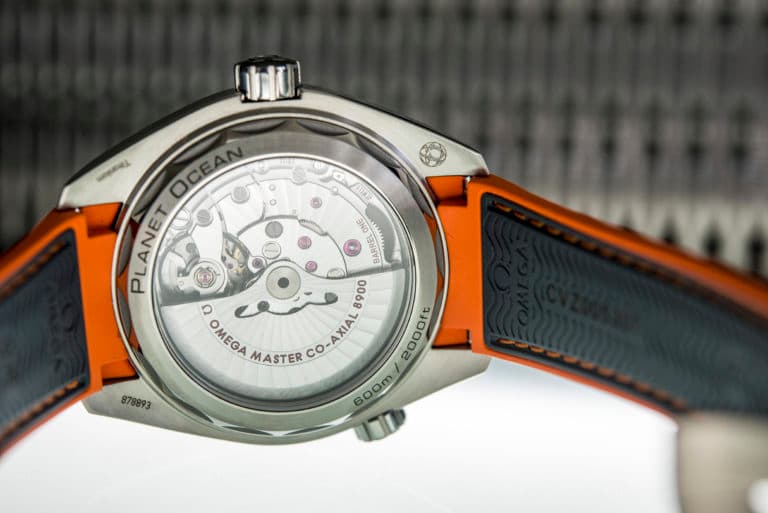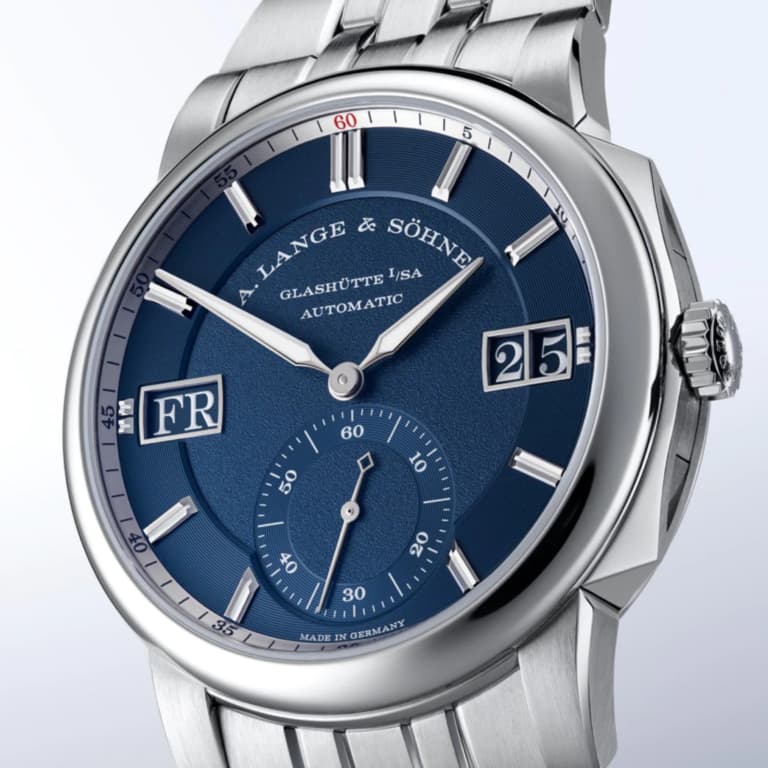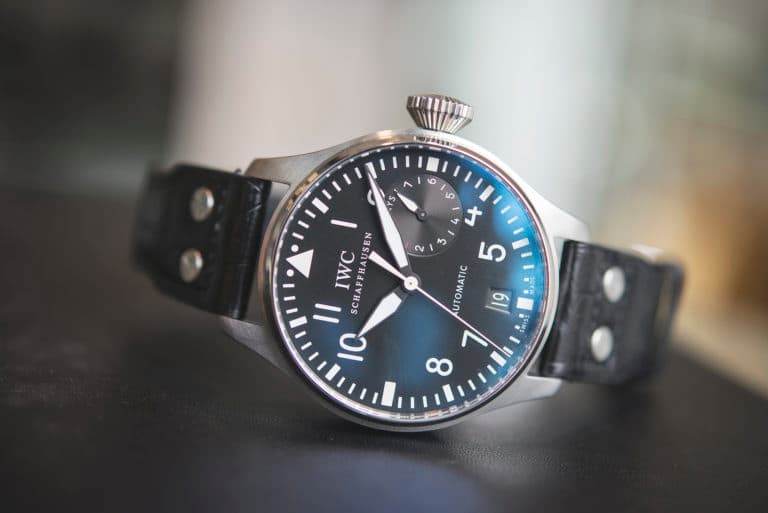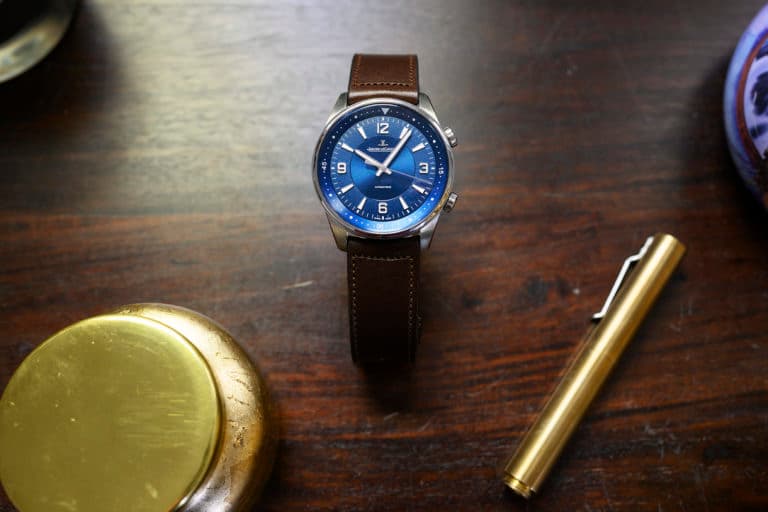Rolex has crafted an impregnable brand image in its 110+ year history. The heritage they leverage today was built on actual accomplishments in exploration. The people responsible have the stories to back it up. Whole books have been written about the endeavors of the brand, their watches, and what they meant as tools to some of the most extreme expeditions mankind has ventured. Today, Rolex falls squarely into the realm of luxury product, albeit one that still enjoys the foundation built on generations of tool watches and the adventures associated with them. This unique complexion has created a brand that’s come to mean many different things to many different people. How Rolex has embraced their modern image, as well as how it conducts business as a result, remains a hot topic for speculation; in particular its impact on, and role in, a thriving grey market.
There exists a dichotomy between Rolex buyers who collect vintage references, and who buy new timepieces from authorized dealers. These are, generally speaking, the two camps of Rolex owners that account for the most vocal endpoints of the market spectrum. It’s easy to assign stereotypes to each of the groups, but the reality is far more diverse. Given that Rolex has chosen not to go down the path of re-issues and throwback designs, the current stable of product is distinctly modern, but nods to the old school collectors are hidden in plain sight, creating a connection between the two camps referenced above. Surely, their reputation hinges on maintaining the attention and interest of old school collectors and new audiences alike. Another benefactor of that reputation is the grey market.
"The existence of the grey market has been a thorn in the side of brands"
What, exactly, is the grey market? Put simply, it refers to watches sold outside of authorized distribution channels by parties unaffiliated with the manufacturers. This doesn’t mean the watches are counterfeit, or illegal in any way, but it does mean they fall outside the careful purview of the brands and the suggested retail pricing of their products. The existence of the grey market has been a thorn in the side of brands looking to build equity in their image, and control the pricing of their goods. Why would a buyer walk into an Omega boutique to pay $5,250 for a Speedmaster when they can go to an unauthorized source and buy the same watch for $3,250? Not only does this devalue the Speedmaster brand, it hurts Omega’s ability to leverage their carefully curated distribution channels including their own boutiques. This robs Omega the opportunity to control the brand experience as well as communicate the value of the Speedmaster effectively. Omega may feel that their Speedmaster is worth $5,250, but the market says it’s worth $3,250.
How does this affect Rolex? Unlike Omega, who makes their product readily available to retailers, Rolex has a habit of restricting supply of their most in-demand references. Their reasoning for this is unknown, but the effect it has on the market is clear. Demand far outpaces the supply of certain Rolex sport models, and creates a healthy amount of speculation, inflating prices in the grey market. This makes it increasingly difficult for average buyers and Rolex enthusiasts to get their hands on the watches they want at retail pricing. Wait lists at authorized dealers stretch into multiple years, and in some cases, you won’t even be placed on a list unless you’ve done a substantial amount of business with the dealer already. Not a very pleasant brand experience to have by any stretch, and one that Rolex could readily address were they so inclined. This may play well with the deep pocketed buyers of today, but will almost certainly stifle progress with the buyers of tomorrow.
"Grey market dealers acquire a percentage of their inventory from authorized sources, who simply can’t move the product in store"
Presenting the biggest issues, in this case, are the references associated with the history of Rolex, and recognized for their context as well as their more objective qualities as well built timepieces. This means their appeal spans from the vintage enthusiast, all the way to the modern brand die hard. These models include the Daytona, the GMT, and the Submariner. A trip to your local AD is unlikely to yield any of these references in steel. Heading into the grey market, they can be found at hefty premiums all around. Turning to the StockX marketplace: the Daytona ref. 116500 with white dial has a low Ask of $27,000 (MSRP of $12,400); the GMT-Master II ref. 126710 BLRO has a low Ask of $25,000 (MSRP if $9,250); the Submariner date ref. 116610 has a low Ask of $8,770 (MSRP of $8,550).
It’s important to note the difference between the grey market, and a pre-owned, peer to peer marketplace such as StockX. The prices above are for pre-owned watches, and Bids represent what real people are willing to pay. It’s an accurate representation of true market value on these watches. Grey market dealers acquire a percentage of their inventory from authorized sources, who simply can’t move the product in store due to the high demands placed on them to maintain license to sell brands such as Rolex. For instance, Rolex ADs are not allowed to sell online, meaning they must get buyers in the store to purchase. Additionally, in order to get access to the most desirable references, stores are forced to take on inventory with a much slower sell through. Nothing in that equation helps the end consumer, and that’s why the grey market has happily filled demand in a far more progressive manner, for better or worse.
How will Rolex evolve to meet the needs of their future buyers, and ones that don’t have existing relationships with their nearest ADs? Again, this falls into the realm of speculation, but there is clearly a better balance to be had when it comes to meeting demand in a realistic way. Bumping supply a small percentage would put the grey market at a disadvantage, and allow more enthusiasts of the brand the ability to buy the watches they want at reasonable prices. This all sounds obvious, because is it, but it highlights the root issue at play here, which is the aging distribution model which relies on physical locations alone, whom rely on a sales staff not exactly in tune with courting future customers.
While it’s not realistic to expect Rolex to embrace a direct to consumer model overnight (they only added pricing information to their website in past years), they do have the power to hit the grey market where it hurts by providing a more appropriate level of supply into the market, taking a harder line on ADs dumping product, and by taking a more hands on approach to engaging with their customers.
As a collector that falls into both camps, owning both vintage and modern Rolex, here’s hoping.


